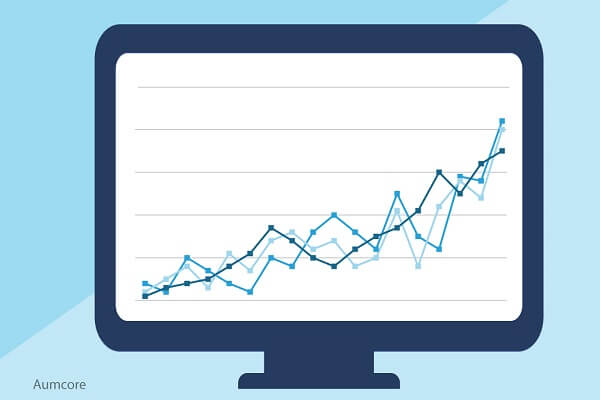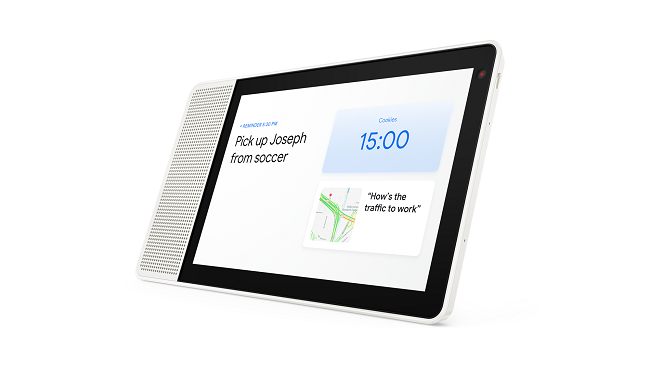In a technologically driven world, data is power. The ability to understand, draw conclusions and make decisions from it is what separates successful global corporations from failed businesses. Even if you’re making small decisions about your brand, such as choosing what kind of content to share on social media, or what hours of operation you should stick to, making those judgments based on facts as opposed to conjecture can have a big impact into their effectiveness.
In this blog post we’ll explore how you can leverage data analytics to build a unique website for your brand.
Follow the Compass
Like a compass, your data is there to point your team in the right direction. The conclusions that can be drawn from data will help you understand what attracts users to your brand and how you can better service them. For example, if you knew what time your target audience was most active online, you could offer time sensitive discounts on your website within that time frame to help them move faster along the sales funnel. With the help of website analytics on your side, you can make a big difference in your traffic and engagement.
One Google data analytics report that you should definitely begin tracking is User Flow, which is a representation of where your users are coming from and how they arrived at your website. Straight from the lion’s mouth, AKA Google, “[t]he Users Flow report lets you compare volumes of traffic from different sources, examine traffic patterns through your site, and troubleshoot the efficacy of your site.”
This is great information for your team to leverage because you can optimize specific parts of your website to promote more traffic and engagement from different referrals. You can also create marketing campaigns like a responsive web design firm and drive users from mobile devices to your site. After all, if you don’t know where your audience is coming from, how can you make much-needed changes? You can’t! And that’s exactly why it’s important to continuously analyze your data.
Bounce Rate and Relevancy
If you want your users to stay on-site longer and engage with your brand, your content needs to be relevant and informative. To determine which pages of your website need an upgrade and which you should probably optimize, look at your company’s bounce rate, which is the percentage of users who leave your site after only viewing one page.
Anyway, what your bounce rate tells you is that users who landed on a specific page of your website either found it irrelevant or uninformative to their query and left. This is another one of Google’s best database driven website examples because it gives eCommerce business owners the insights they need to improve their online presence to drive conversions.

Keys to the Kingdom
It’s really hard to talk about Google Analytics and not mention keywords. For Google’s data analytics in web development, keywords play a significant role for a brand’s SEO rankings on SERPs. When the proper keywords are optimized correctly, your website’s visibility increases and your business performs better.
The tricky thing is to figure out what keywords you want to optimize for. According to Rand Fishkin, SEO and Co-founder of Moz, “long tail keywords often convert better, because they catch people later in the buying/conversion cycle.” To determine which long tail keywords work best for your company, you can use the Google Keyword Planner to conduct research, discover new keywords, and create a plan for how your team will budget for each bid.
AI and Analytics
If big data scares you, have no fear, AI is here! With the help of artificial intelligence, Analytics 360 is a tool marketers can use to leverage the power of AI for their business. Its machine learning capabilities can unlock insights you hadn’t previously seen in your data based on key changes and new trends.
From this tool you can also see which users used your website’s search bar and what they typed, and how effective your website was in retrieving the correct information. Overall, Analytics 360 will do all the heavy work for you, but still provide your team with a more robust and comprehensive understanding of your web analytics website design.
Reach Your Goals
Now that you have a better understanding of how to use Google Analytics to improve your website traffic and engagement, the next step is to start planning. Set goals for yourself and your team and begin tracking them as key performance indicators. These goals will give your marketing strategy direction and, over the course of time, you’ll be able to see how much your business has progressed. Keeping in mind all the data and information you extracted and analyzed from the reports discussed above, create a custom web development plan that makes sense for your brand. Once you have everything written it out, you’ll find that reaching your goals will be a whole lot easier!
The Wrap-Up
You can’t go wrong with a data-driven website because the numbers don’t lie! These tips and tools will help you create a website that’s not only more informative and engaging for your audience, but more effective in driving revenue for your business as well. Let’s go through the tips one more time
- Follow your Google flow report to get a better understanding of where your users are coming from and how you can optimize their experience
- Analyze your website’s bounce rate to discover which of your web pages are most relevant to user search queries.
- Stay on top of your SEO game with long-tail keywords and catch users that are further along in the sales funnel
- Leverage the power of AI to gain insight into your big data
- Set goals for yourself and your team to create a web development plan that will create lasting results for your business
If you tried any of the tips above, we would love to hear about it. Tell us how it went here and, of course, good luck!




